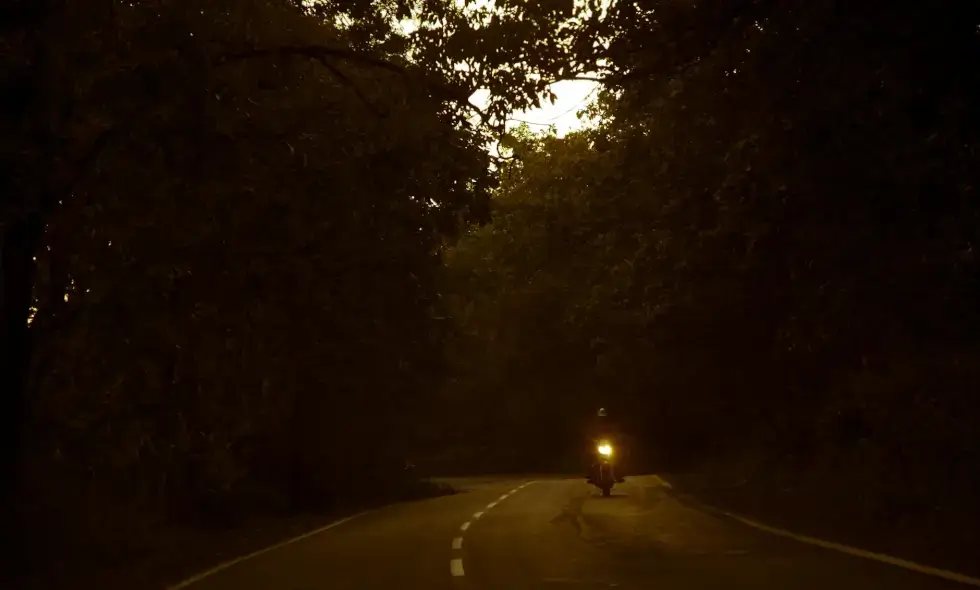Significant Motorway Developments in Romania Romania is facing significant motorway developments, especially the sections under construction, which in many places lead through difficult terrain and mountainous areas. Work has already begun on several projects, but most of them are in a half-finished state. For example, the construction of the North Transylvanian highway has been going on for twenty years, and it is still not possible to know the exact date of completion.
Tunnel constructions According to Hotnews' summary, at least 73 tunnels are planned for the upcoming construction works, for which construction permits or accepted feasibility studies are already available. Other plans are also being worked on, such as the Ploiești - Comarnic - Brașov section, which crosses the Southern Carpathians. Started and Planned Tunnels So far, the construction of only one mountain tunnel has started on the section of the Sibiu-Pitești highway between Tigveni and Curtea de Argeș. A total of nine drilled tunnels are planned on the Sibiu-Pitești highway, the longest of which will be the Poiana tunnel, which will be built between Tigveni and Cornetu and will be 1.7 kilometers long. Another significant project is the Egyesülés highway, which connects Marosvásárhely with Iași and Ungheni on the Romanian-Moldovan border. Here, 61 tunnels are planned for the 320-kilometer section, including 14 in the Moldovan part.
Nature Conservation Aspects Highway construction will have a significant impact not only on traffic and the economy, but also on the natural environment. It is important to take into account the movement of wild animals and ensure their passage already during planning. Otherwise, busy highways isolate habitats from each other, which can have a catastrophic effect on the survival of many species. Two tunnels are being built on the Southern Transylvanian highway that crosses the Western Carpathians specifically for the free movement of wildlife. ### Game Crossings and Safety Risks Properly designed game crossings and protective facilities, such as fences, are important for both wildlife and human safety. Many accidents have already occurred due to large animals entering the roads. The best game crossings are the drilled tunnels, as they minimally change the landscape.
Professional Recommendations Biologist Sugár Szilárd said that the number of planned tunnels is good from the point of view of nature conservation, but it is important how the area will look after the construction is finished. For example, trucks travel around bear crossings, which can create new roads and increase the potential for disruption. The Ornithological and Nature Conservation Association of the Milvus Group formulated a number of proposals regarding wildlife crossings, and detailed recommendations were developed for Central and Eastern European countries within the framework of an international project. ### Conclusion Properly regulated and carefully planned highway constructions can be beneficial for wildlife protection in the long term, but this requires prudence and consistent regulation. In order to minimize the natural damage caused, it is necessary to plan in time and take into account the movement of wild animals and the protection of their habitats.



 Deutsch (DE)
Deutsch (DE)
 Greek (GR)
Greek (GR)
 Italiano (IT)
Italiano (IT)
 Magyar (HU)
Magyar (HU)
 Polski (PL)
Polski (PL)
 Română (RO)
Română (RO)
 Slovensky (SK)
Slovensky (SK)
 Slovenščina (SL)
Slovenščina (SL)
 Türkçe (TR)
Türkçe (TR)
 Česká (CZ)
Česká (CZ)








